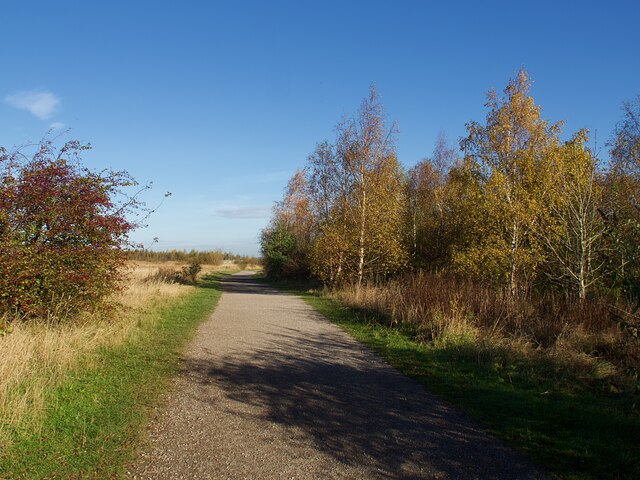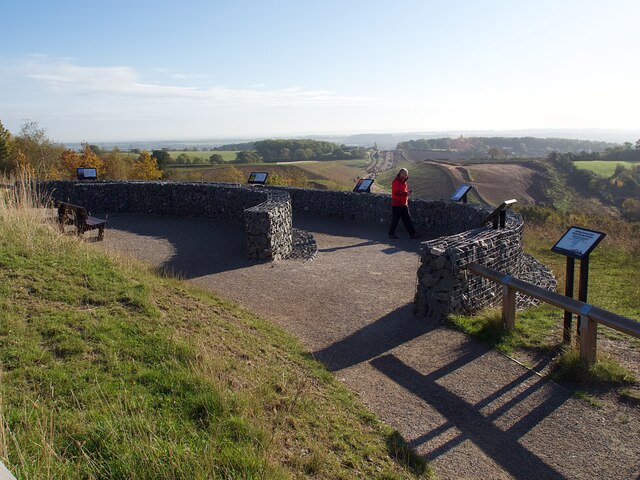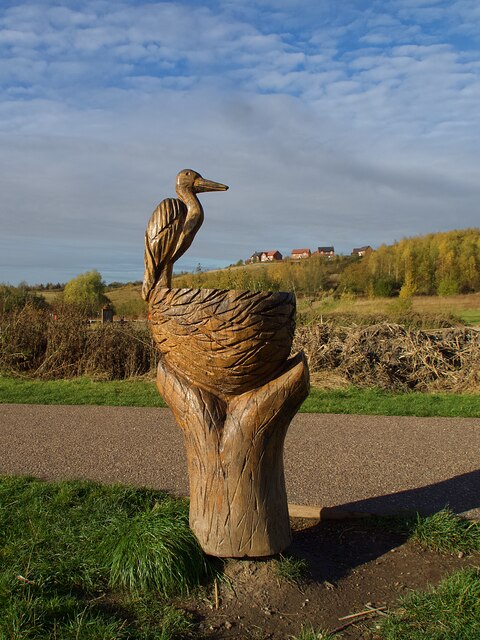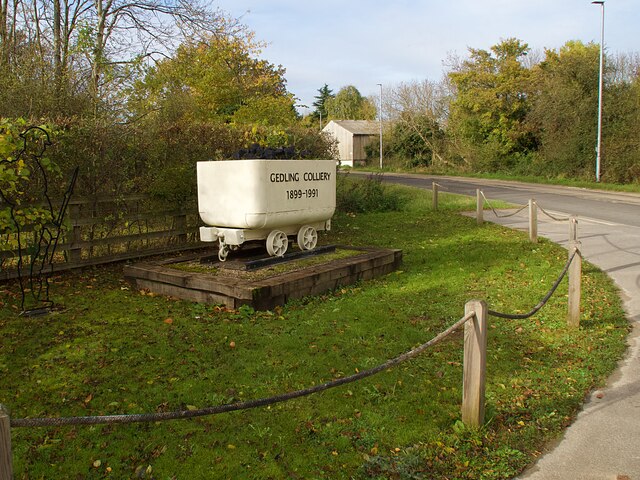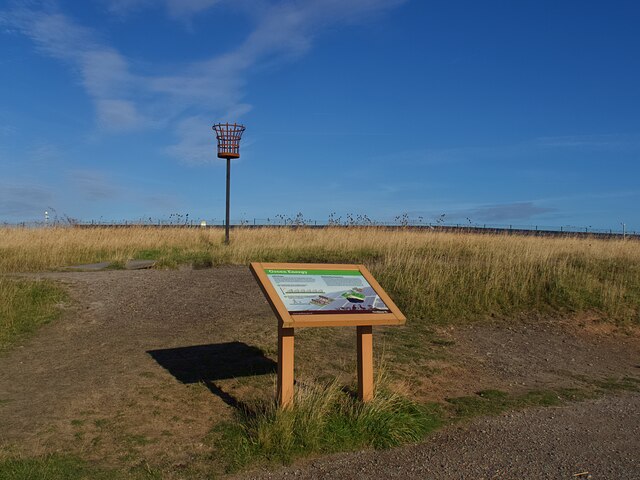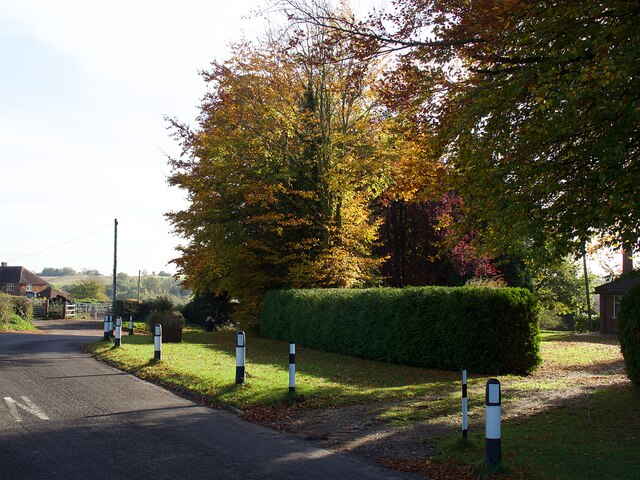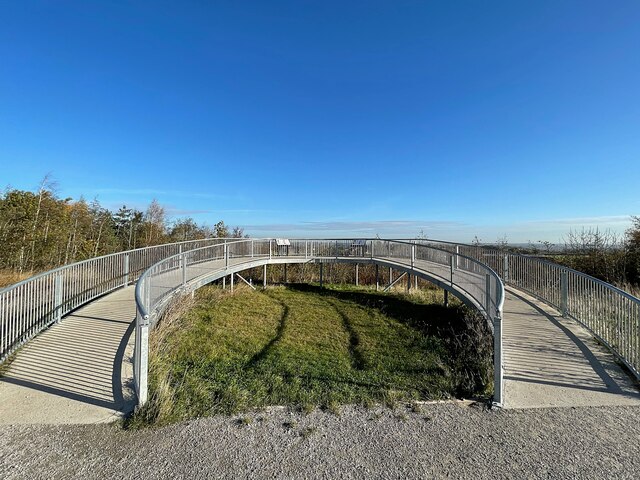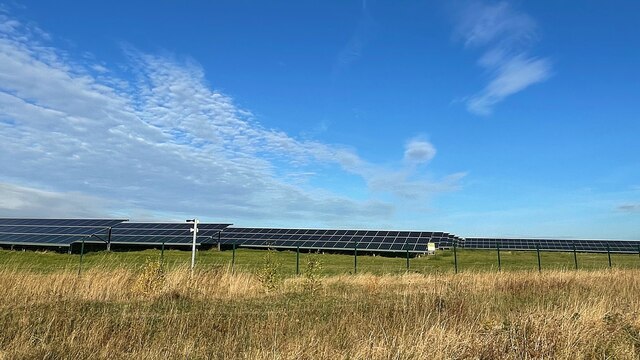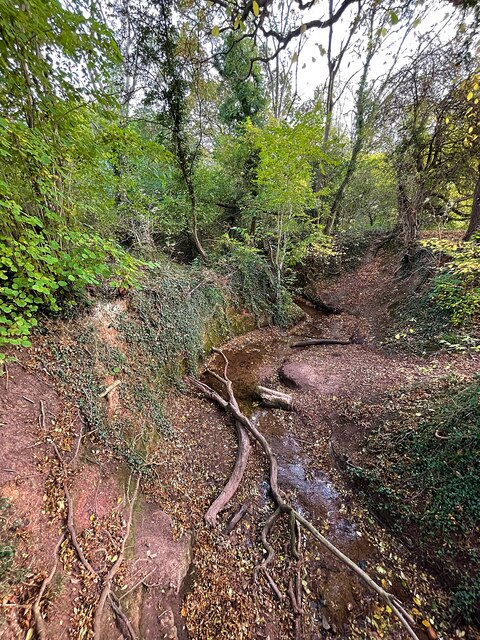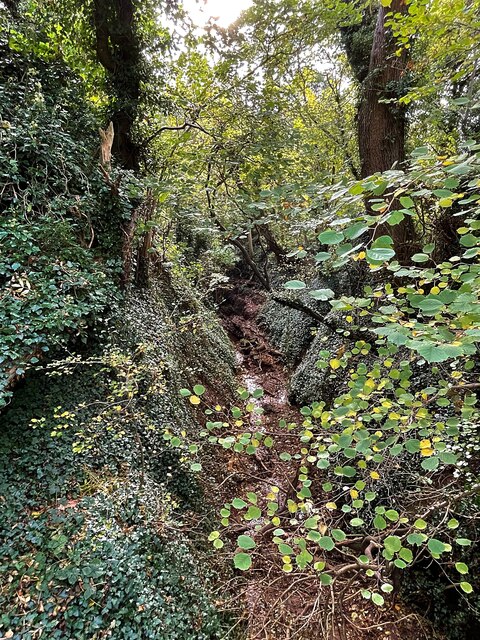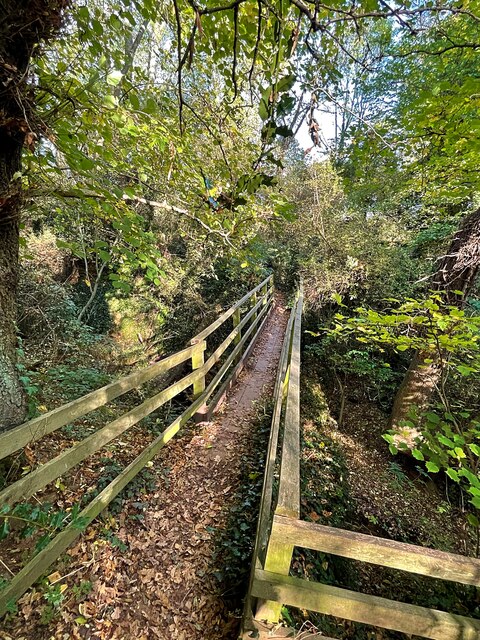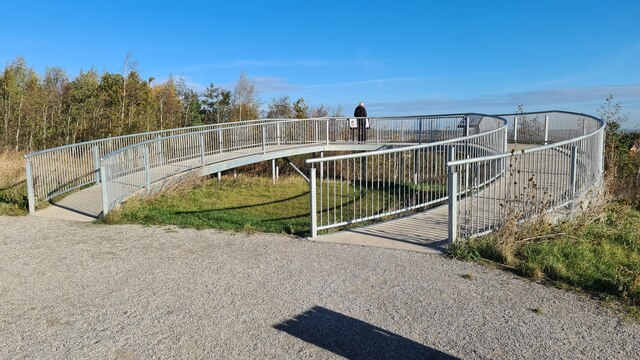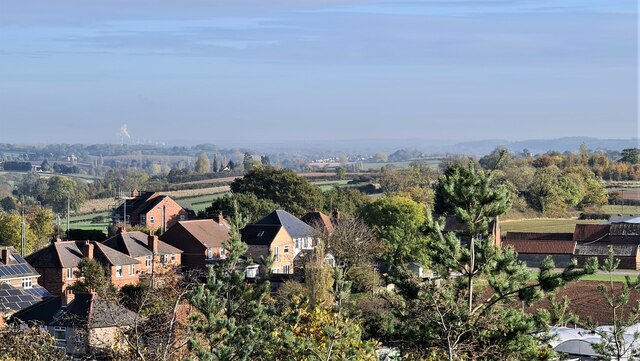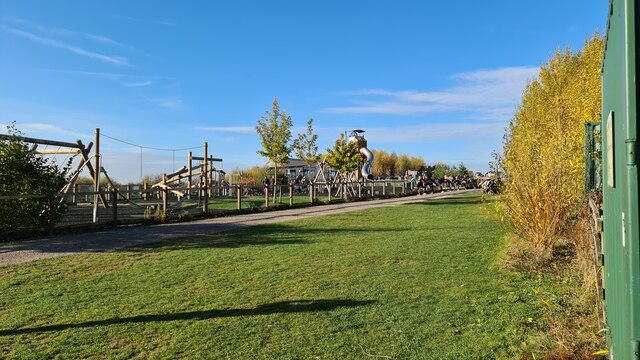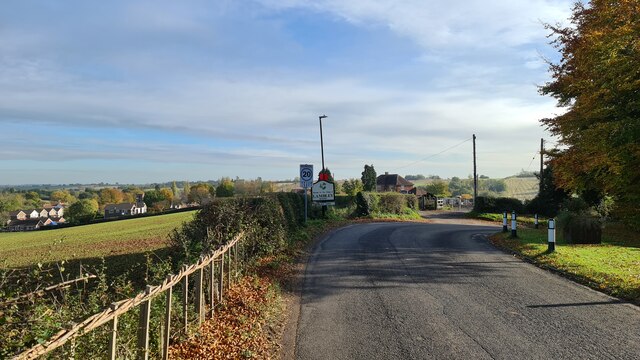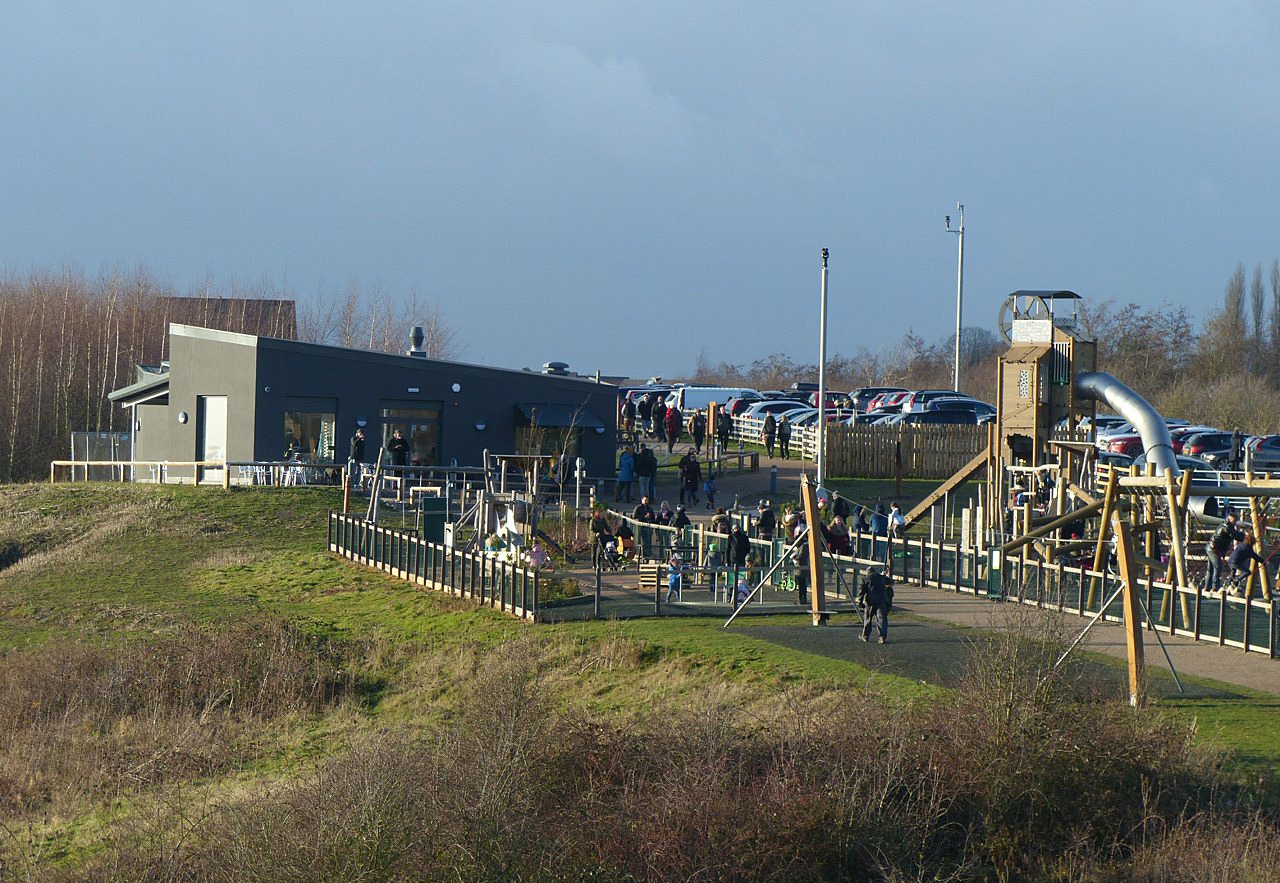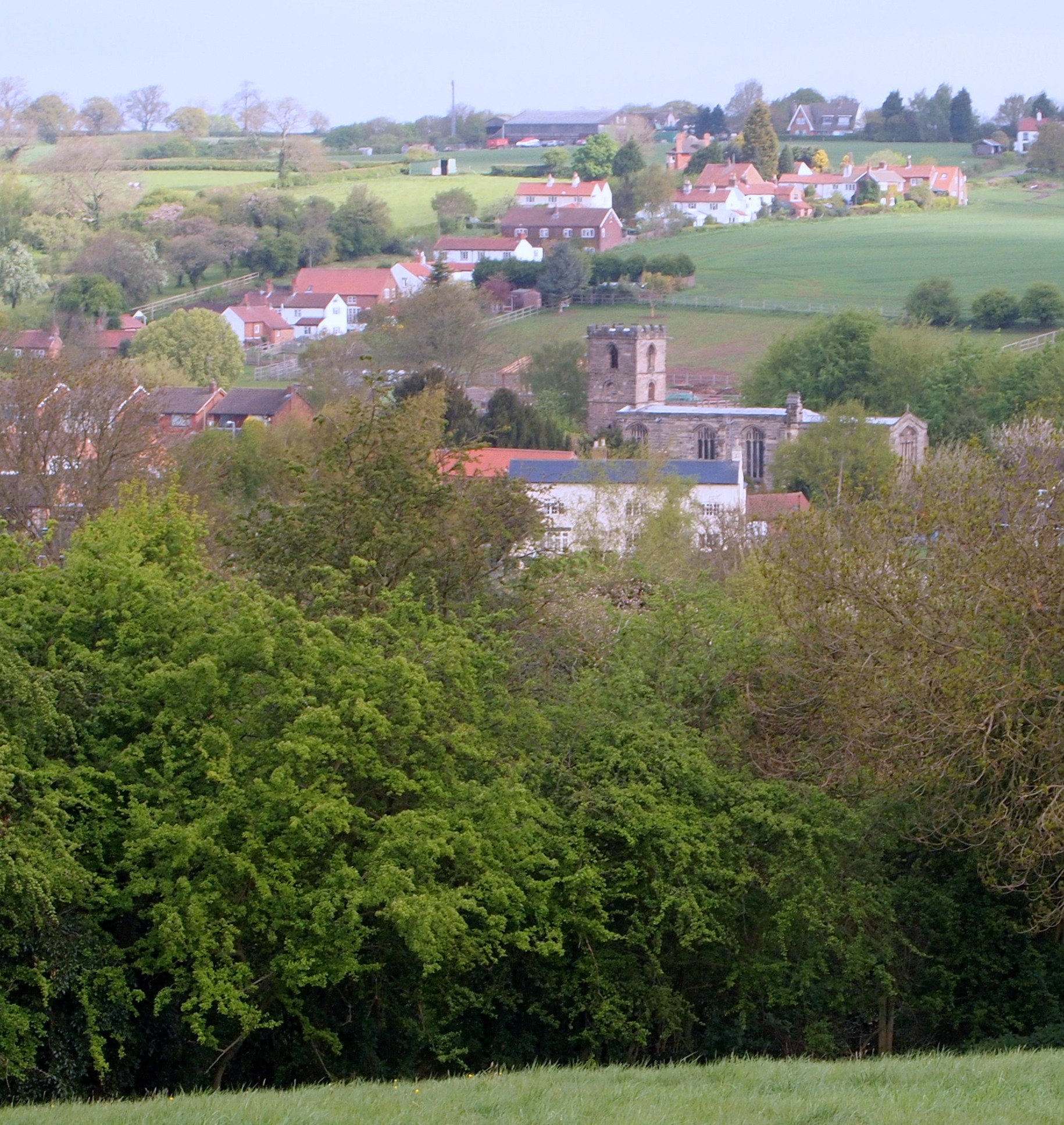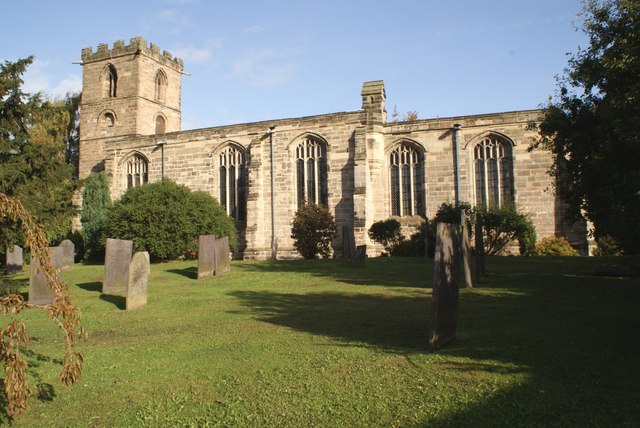Barron's Plantation
Wood, Forest in Nottinghamshire Gedling
England
Barron's Plantation
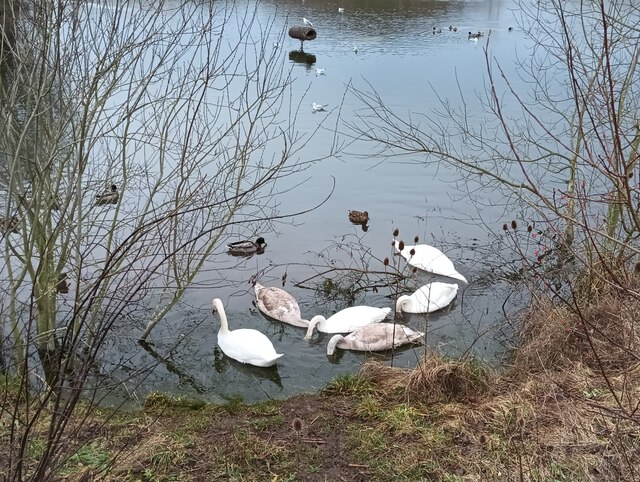
Barron's Plantation is a picturesque woodland located in Nottinghamshire, England. Situated in the heart of Sherwood Forest, this natural gem covers an area of approximately 100 acres. The plantation is renowned for its ancient oaks, towering pines, and dense undergrowth, making it a haven for nature lovers and wildlife enthusiasts.
The woodland's history can be traced back to the medieval times when it was part of the royal hunting grounds. Today, it is managed by the Forestry Commission, ensuring the preservation of its diverse ecosystem. The dense canopy provides shelter to a wide variety of species, including birds, mammals, and insects, making it an ideal spot for birdwatching and wildlife photography.
Visitors to Barron's Plantation can explore the numerous walking trails that wind their way through the woodland. These well-maintained paths offer stunning views of the surrounding landscape, allowing visitors to immerse themselves in the tranquility of nature. Along the trails, one can also find interpretive signs providing information about the local flora and fauna.
For those seeking adventure, the plantation offers opportunities for mountain biking and horse riding. The undulating terrain and varied landscapes provide an exhilarating experience for outdoor enthusiasts. Additionally, there are designated picnic areas where visitors can relax and enjoy a meal amidst the serenity of the forest.
Barron's Plantation is a true natural treasure, offering a peaceful retreat from the hustle and bustle of city life. Whether you are a nature lover, an avid hiker, or simply looking for a quiet escape, this woodland sanctuary is sure to captivate your senses with its beauty and tranquility.
If you have any feedback on the listing, please let us know in the comments section below.
Barron's Plantation Images
Images are sourced within 2km of 52.987769/-1.0663892 or Grid Reference SK6243. Thanks to Geograph Open Source API. All images are credited.
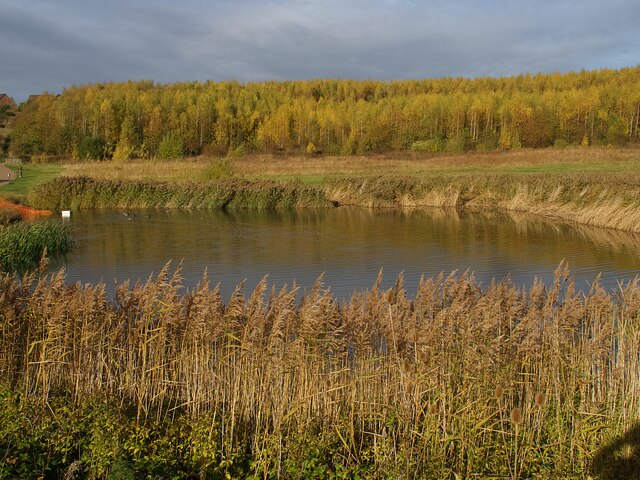
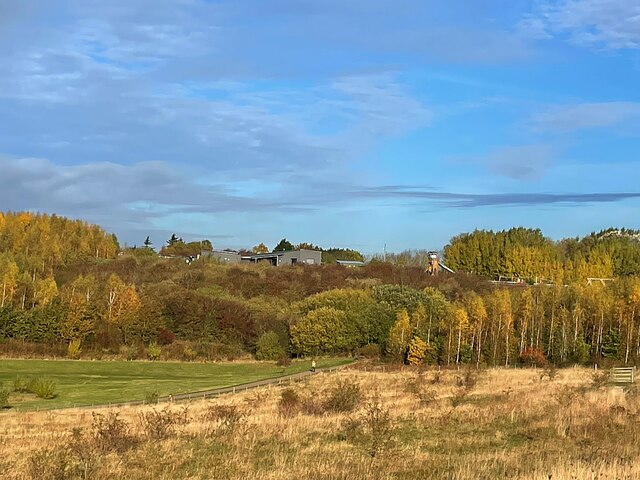
Barron's Plantation is located at Grid Ref: SK6243 (Lat: 52.987769, Lng: -1.0663892)
Administrative County: Nottinghamshire
District: Gedling
Police Authority: Nottinghamshire
What 3 Words
///enable.gown.broker. Near Burton Joyce, Nottinghamshire
Nearby Locations
Related Wikis
Gedling Country Park
Gedling Country Park is a country park in Gedling, Nottingham, England. == History == The park is on the grounds of the former Gedling Colliery, which...
Carlton le Willows Academy
Carlton le Willows Academy is an 11–18 mixed, secondary school and sixth form with academy status in Gedling, Nottinghamshire, England. It is part of the...
Lambley, Nottinghamshire
Lambley is an English village and civil parish near Nottingham, England, hardly touched by urbanisation, as it lies in a green belt. The population recorded...
Borough of Gedling
Gedling is a local government district with borough status in Nottinghamshire, England. The council is based in Arnold. The borough also includes Carlton...
Gedling and Carlton railway station
Gedling and Carlton railway station was a former railway station built to serve the villages of Gedling and Carlton in Nottinghamshire. == History... ==
Mary Hardstaff Homes
The Mary Hardstaff Homes, are 10 almshouses on Arnold Lane in Gedling, Nottingham. These were built as Almshouses in 1936 for the widows and orphans of...
Holy Trinity Church, Lambley
Holy Trinity Church, Lambley is a Grade I listed parish church in the Church of England in Lambley, Nottinghamshire. == History == The church dates from...
United Reformed Church, Burton Joyce
The United Reformed Church (formerly known as the village's Congregationalist Church) is a now redundant Christian church that operated under the United...
Have you been to Barron's Plantation?
Leave your review of Barron's Plantation below (or comments, questions and feedback).
